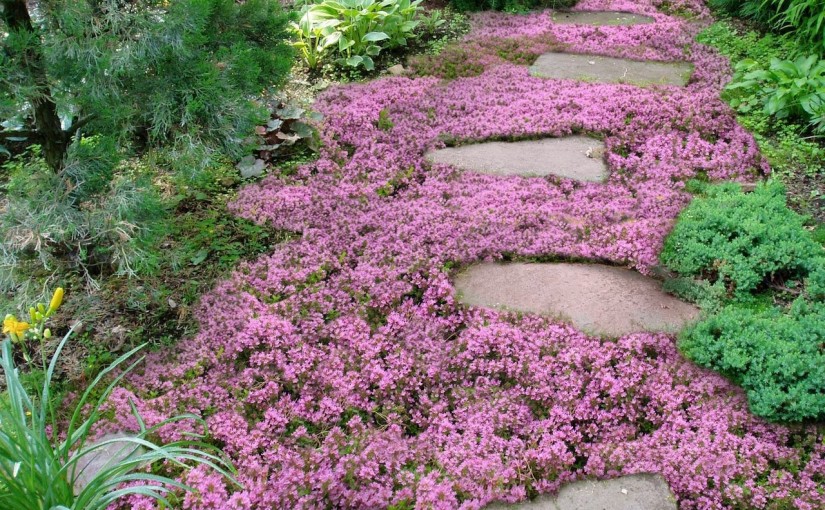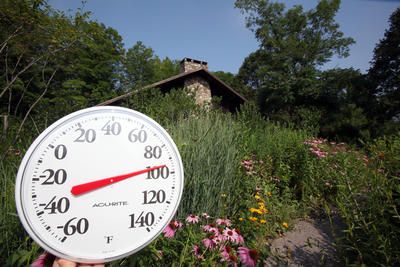
Backyard gardening is becoming a favorite activity for many families in Arizona. Not only do you get the exercise and feeling of accomplishment of growing your own, but you also get better tasting produce and save money on paying the grocery stores. Below we look at all of the benefits of backyard gardening in Arizona.
Health Benefits of Backyard Gardening

We all know that eating our fruits and vegetables is a proven way for us to stay healthier. Study after study has found that the people that eat more fruits and veggies suffer from less chronic diseases like gastrointestinal disease, heart disease, and impaired vision and cancer. An ounce of prevention is worth a pound of treatment, and what easier way is there to have the healthier food growing right in our own backyards? Better than that, when you grow your own you can oversee the planting, growing, and harvesting which will ensure the best flavor. Being the freshest fruit and veggies you can get, you’re also assured to have the full nutrient value that your food can offer.
Stress is a fact of our lives, jobs, family, and politics can put us under a lot of pressure. Gardening has been found to be one of the best ways to help alleviate stress as it gets us out in the fresh air and sunshine doing some light exercise and keeping us active.
Financial Benefits of Backyard Gardening
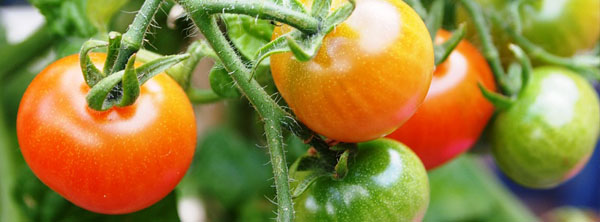
Considering the cost of fresh fruit and vegetables these days, having a backyard garden can be a great source of savings on your grocery bill. In fact when you start checking prices for things like fresh tomatoes you’ll find they can be $2 per pound or more. The average gardener can get as much as 10 pounds of tomatoes out of just one tomato plant. So with even a modest amount of plants you can see the savings adding up quickly. In addition the cost of getting started is very low, a typical packet of tomato seeds is usually less than a couple of dollars.
You might be thinking that you don’t have enough room to start you own garden for feeding your family. Even a small plot dedicated to gardening can produce a significant amount of food. Even just a tenth of an acre can be used to produce enough most of the veggies that a single person will eat in a year. If all you’ve got is a balcony or porch you can still grow many vegetables in containers and we all know, every little bit helps when it comes to our budgets.
Backyard Gardening as a Way to Enrich Our Children’s lives
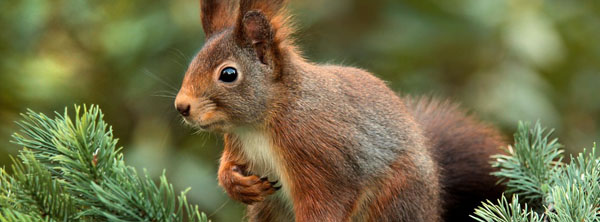
A great way to help kids learn valuable lessons is right in your backyard. They can be in the garden observing the animals, insects, and plants growing there. This helps them understand their relationship to the environment and their place in caring for it.
Not to mention how as they help out in the growing of food that benefits the family they will develop a sense of accomplishment and surely enjoy eating the fruits and veggies of their labors. This is a great way for them to learn the value of hard work, while improving their nutrition.
There are additional benefits to our health with backyard gardening. Getting outside and enjoying some sunlight has benefits to improve our moods. A lot of people today suffer from depression and the number 1 key to beating it is exercise and getting outside. All of the digging, shoveling, weeding, planting and harvesting you and your family will do in your garden will reap more rewards than just the fruit and vegetables.
Backyard Gardening’s Impact on the Environment
When most of us think about how we can help the environment we immediately focus on the fossil fuels we use in our own vehicles. Most people aren’t aware of the tremendous costs involved in taking the fruit and vegetables we eat from where they are grown to sitting on our grocery store shelves, and then in turn on our trip home. They say that you’ll save about 2 lbs of carbon emissions from going into the atmosphere for every pound of produce you grow yourself.
Backyard Produce Tastes Better

The fruit and vegetables you produce in your backyard garden are tended to with more care than the produce that is available at your local grocery store. If you’ve ever tasted a home grown tomato you’ll know the clear difference between backyard and store bought tomatoes. Tomatoes in particular ripen better on the vine, rather than on a truck or in your local store. This is true of just about every kind of perishable food. The closer you can get your fruit, vegetables, meat, and other perishable items to the source they are produced the fresher they will be. Fresh food simply tastes better and you can’t get closer to the source than having it growing in your own backyard.
Guidelines For A Great Backyard Garden
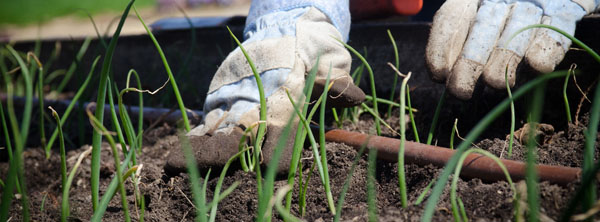
There is a monumental amount of information you can read about gardening. These are just a few guidelines to help you get started.
The Soil Is The Foundation
Depending on what you’re growing you will want different kinds of soil. Some plants need soils that will drain more quickly than others. Soils that have a lot of clay in them will need to be either replaced or reworked. Mulch can be added to clay rich soils to improve drainage and increase the nutrients. Research the specific plants you are wanting to grow and choose soils that benefit them specifically.
Well Watered Gardens
This is one situation where more isn’t always better. As much as plants need water to live, they also are susceptible to having problems with over watering. Root rot is a real problem with some plants and you need to make sure that you read about each plant and strike the right balance between providing enough water, without water logging and ruining your garden. In Arizona it is a smart idea to choose drought tough plants to start with, especially for landscaping.
Harvesting – Reaping The Rewards
Each type of fruit and vegetable has it’s own schedule for maturing and being ripe. Most seed packages have directions for how deep to plant each type of plant and how long it will take to grow.
After the harvest you will also have to evaluate how much of your fruit and vegetables you can use right away. Produce you are not going to use immediately can be preserved in a few different ways. Some people love to dry their fruit for a healthy snack. Others preserve their produce by freezing it until they are ready to use it. In these cases a stand alone freeze is a great idea. Be aware that you will want to create air tight seals to protect your produce from freezer burn. Frost free freezers tend to create more wear on your produce as they circulate air in the freezer to prevent the frost from building up.
Gardening Made Easy In Arizona
The backyard gardening experts with A&P Nursery are ready with simple and easy ways for you to get started with a great hobby, that ends up paying you back again and again.
They even make a quick and easy way to get you started on your backyard garden with Easy Garden Kits.
If you’ve got a few questions or you’re ready to make plans and order away give us a call at one of our convenient locations near you.
A & P Nursery
40370 N. Gantzel Rd.
Queen Creek, AZ 85240
480-655-5789
A & P Nursery
2645 W. Baseline Rd.
Mesa, Arizona 85202
480-839-5362
A & P Nursery
6129 E. Brown Rd.
Mesa, Arizona 85205
480-396-8800
A & P Nursery &
Lawnmower Shop
2601 E. Baseline Rd.
Gilbert, Arizona 85234
480-892-7939














